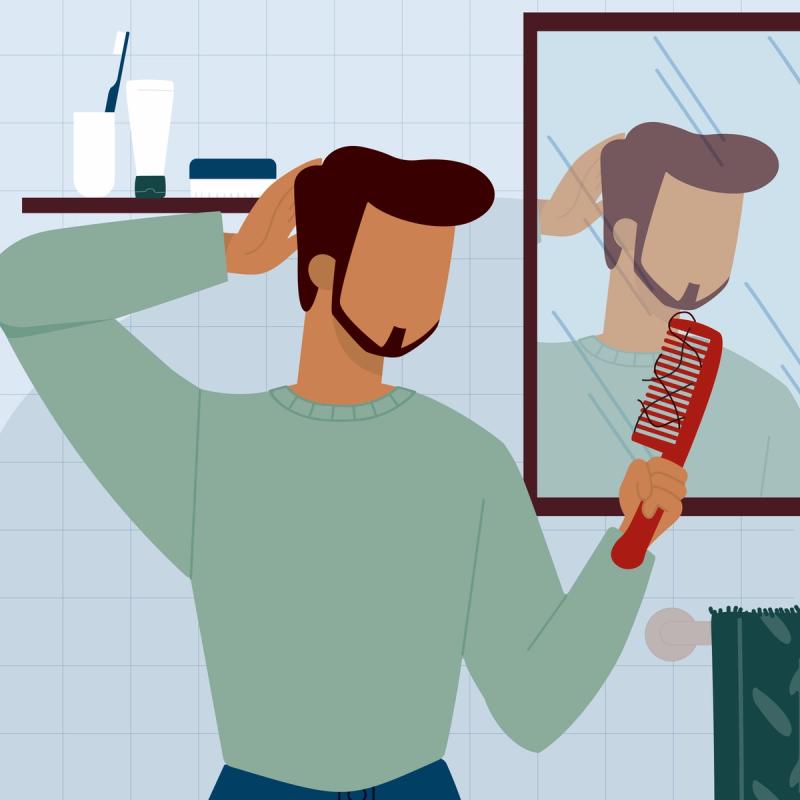Have you noticed more hair than normal in your comb, on your pillow or in the shower? Hair shedding and hair loss can happen for many reasons, including stress, illness and family history.
Identifying whether you’re experiencing hair shedding or loss will help you determine the next steps toward hair regrowth. Learn more about the differences between hair shedding and hair loss, and your treatment options.
Key Takeaways
Hair shedding is a normal part of the hair growth cycle, usually involving the loss of 50 to 100 hairs per day. Shedding tends to be temporary and balanced by new hair growth.
Hair loss happens when new hairs do not grow back as usual, which can lead to thinning or bald patches. Causes include genetics, hormonal changes and certain health conditions.
A provider can help determine if you are experiencing normal shedding or true hair loss and may recommend treatments like topical minoxidil, prescription finasteride, spironolactone or other personalized options depending on the underlying cause.
What is hair shedding?
Hair shedding is a natural part of hair's life and growth process. A certain amount of hair falls out so more can grow in. A healthy amount of hair shedding is approximately 50 to 100 hairs per day.1
More than 100 hairs per day is considered excessive hair shedding. This can be caused by stressful events like giving birth, losing over 20 pounds, having surgery or experiencing a major illness. With excessive shedding, the hair eventually grows back at a normal rate, and the shedding is temporary. Normal hair growth can be regained after the trigger subsides, usually within a few months.2
What is hair loss?
Hair loss occurs when something causes hair to stop growing. Common causes of hair loss include:3
Hereditary hair loss.
Immune system conditions.
Some drugs and treatments.
Hairstyles that pull on the hair.
Harsh hair care products.
Trichotillomania, the compulsion to pull out one’s hair.
What is the difference between hair shedding and hair loss?
The average person sheds 50 to 100 strands of hair daily, and losing more than 125 strands of hair daily is considered hair loss.4 The main difference between hair shedding and hair loss is that with hair shedding, the hair grows back at a normal rate; with hair loss, the hair will often not grow back without treatment. This is especially true of hereditary hair loss.5
How do signs and symptoms compare for hair shedding and hair loss?
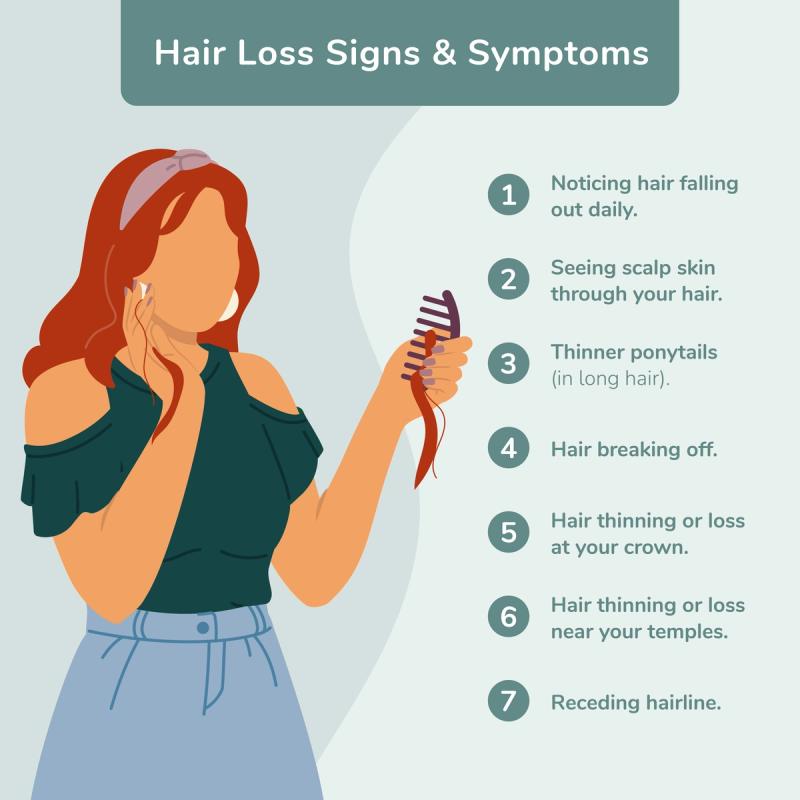
Symptoms of hair shedding include noticing more hair than normal on your brush or pillow. The signs usually occur a few months after a stressful event. For example, a mother might notice hair shedding two months after giving birth.6
Hair loss signs and symptoms are more pronounced and include:7
Noticing hair falling out daily.
Seeing scalp skin through your hair.
Thinner ponytails (in long hair).
Hair breaking off.
Hair thinning or loss at your crown.8
Hair thinning or loss near your temples.
Receding hairline.
What are the recommended treatment options for hair shedding and hair loss?
Hair shedding is temporary and normal. If the stressors are resolved, hair will usually return to normal within a few months. Extended stress can lead to long-term hair shedding.9 A few hair shedding treatment options include:10
Reducing your stress.
Talking with a mental health professional.
Avoiding hair products that damage hair.
Taking vitamins or supplements.
Changing your hairstyling routine to avoid damaging your hair follicles.
Managing any underlying health conditions.
Hair loss, on the other hand, usually requires treatment to resolve. Hair loss treatment options include:11
Oral medications like, finasteride (generic Propecia®), minoxidil (generic Loniten®), spironolactone (generic Aldactone®).
Topical medications like minoxidil foam (Rogaine®).
Hair transplant surgery.
Platelet-rich plasma injections.
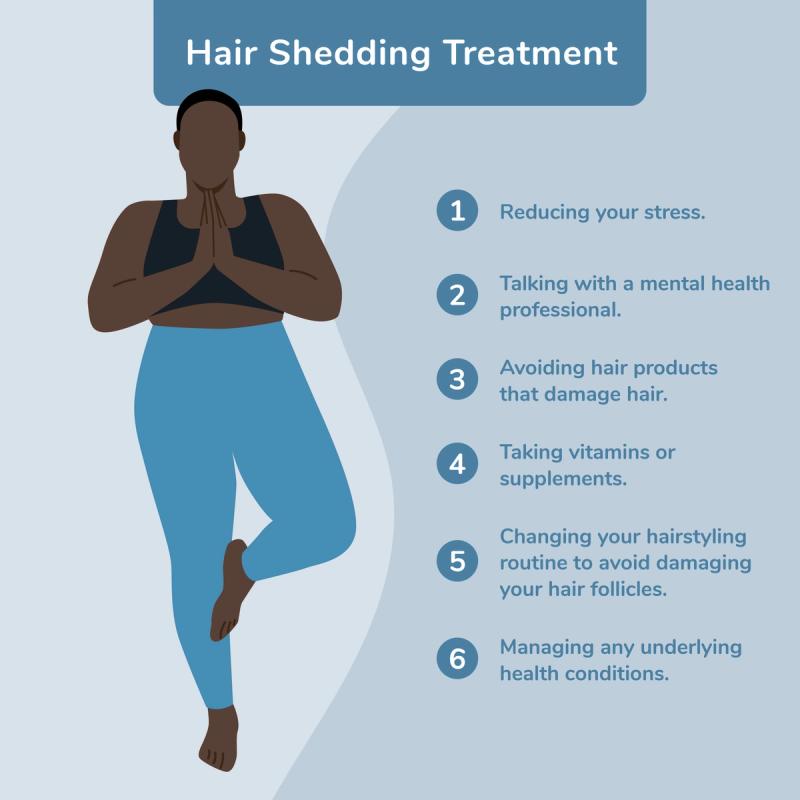
Hair Shedding vs. Hair Loss Comparison Chart
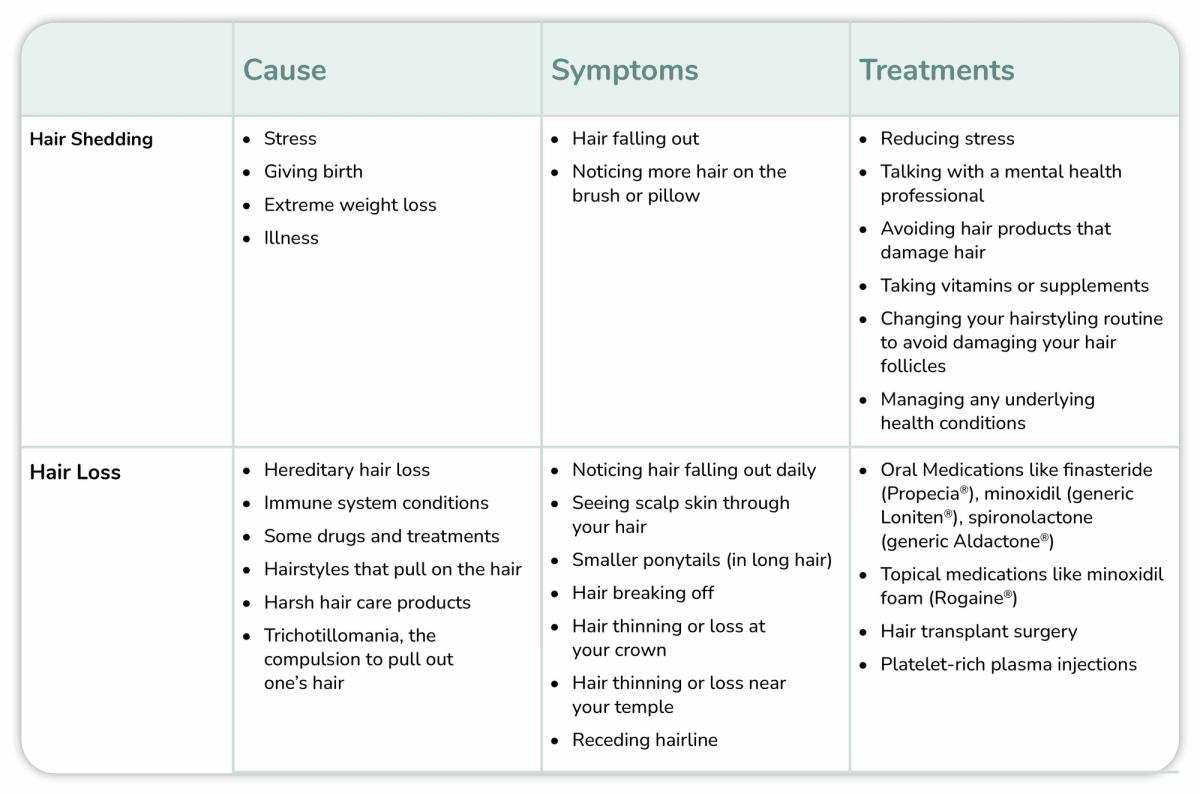
How Redbox Rx can help
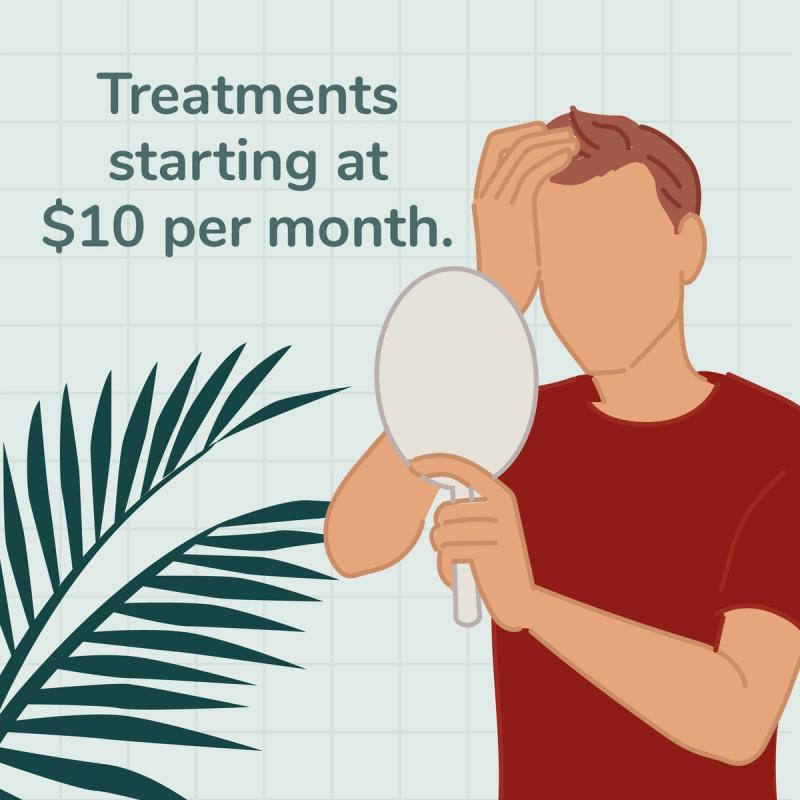
RedBox Rx makes receiving medication treatment for hair loss easy and affordable.
Benefits of RedBox Rx include:
Transparent, affordable, flat rates for hair loss prescriptions starting at $10/month.
FREE consultations with a U.S. licensed medical provider.
No insurance required. HSA and FSA eligible.
FREE shipping directly to you. Monthly and quarterly subscription options available.
Get started on your hair loss treatment journey with our short online assessment for men’s hair loss or women’s hair loss.

